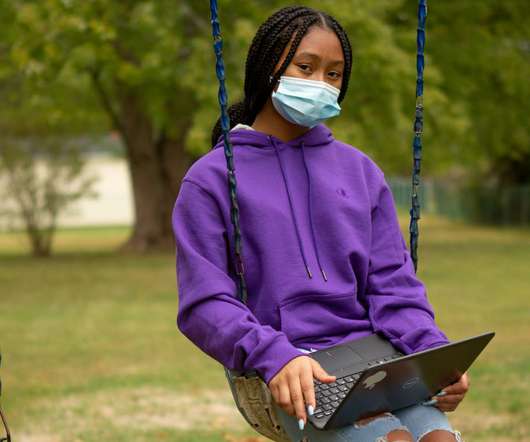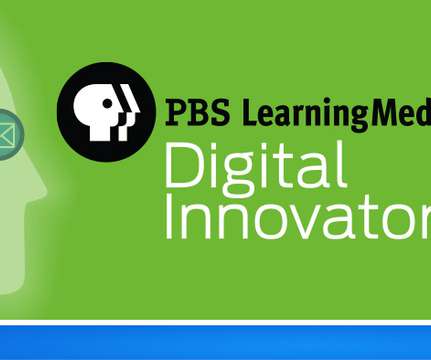The Digital Divide Has Narrowed, But 12 Million Students Are Still Disconnected
Edsurge
JANUARY 27, 2021
In the months that followed, many states and school districts mobilized, using federal CARES Act funding, broadband discounts and partnerships with private companies to connect their students and enable online learning. As of December 2020, the number of students impacted by the digital divide has narrowed to 12 million.





























Let's personalize your content